#artist is jusepe de ribera-
Text




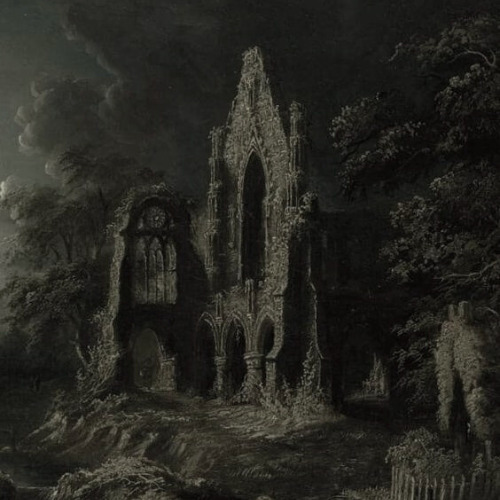





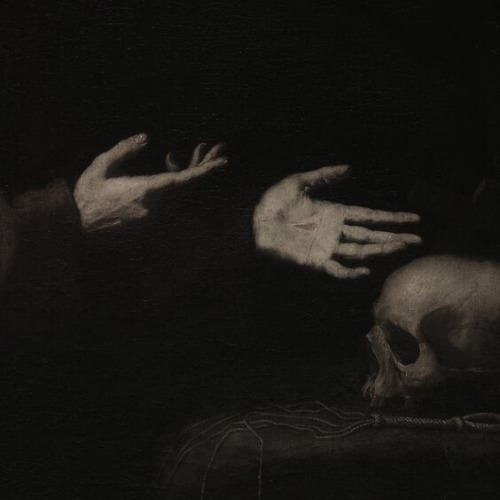
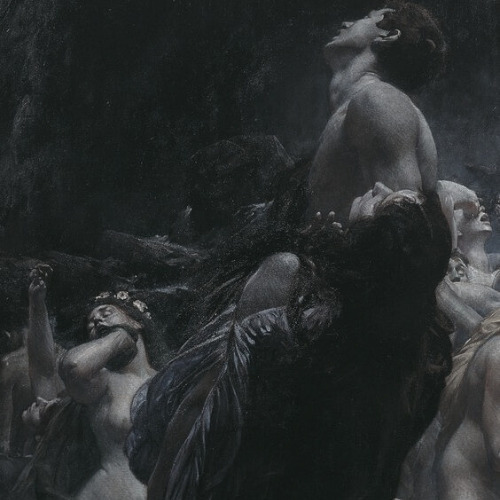
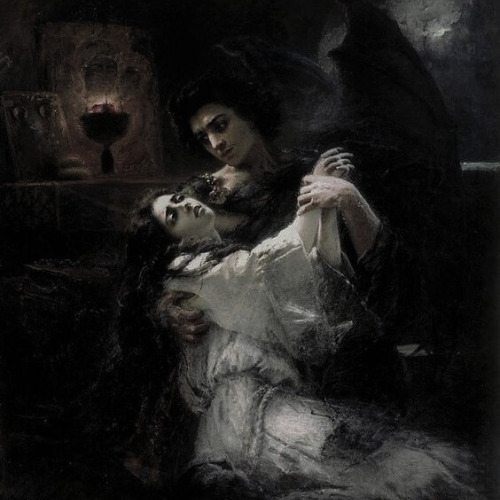


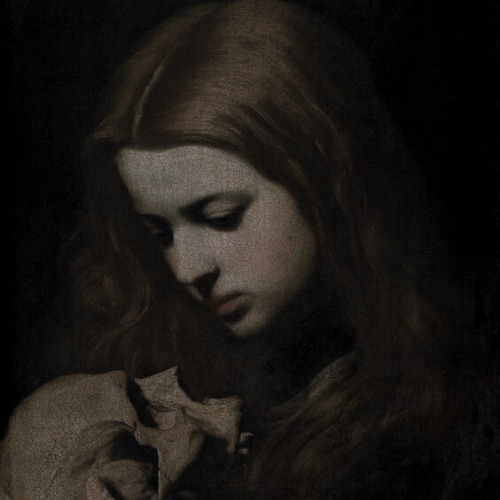


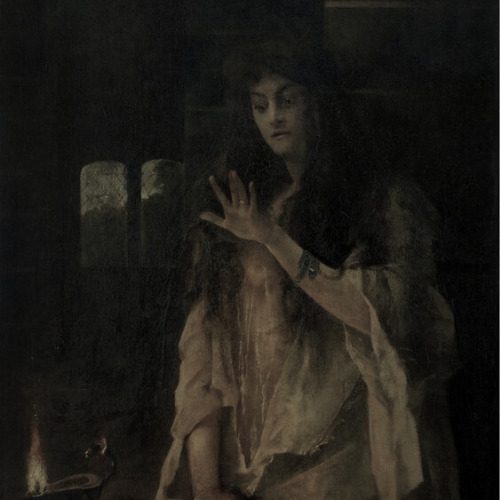
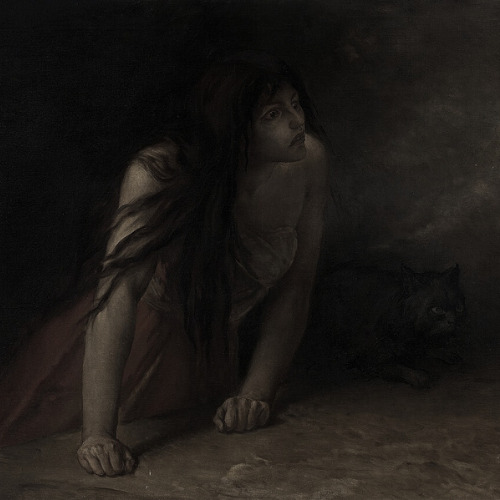


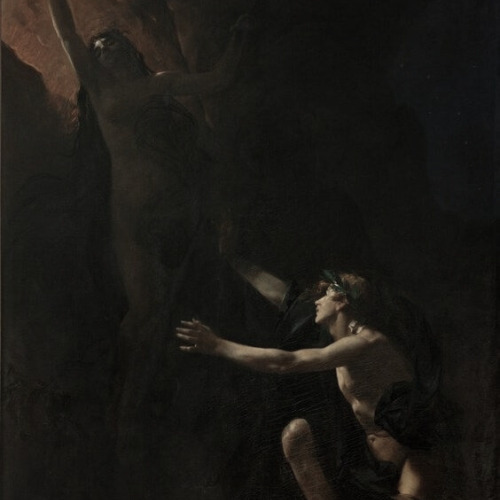


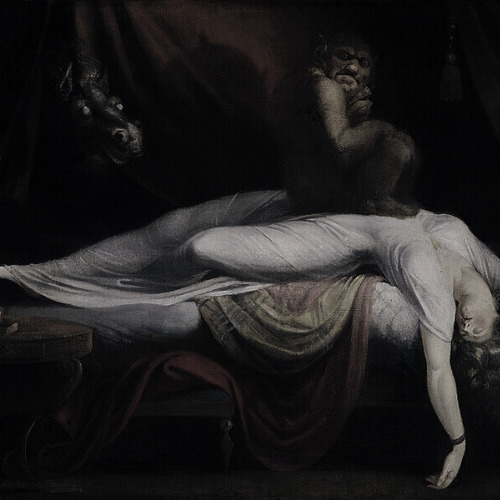

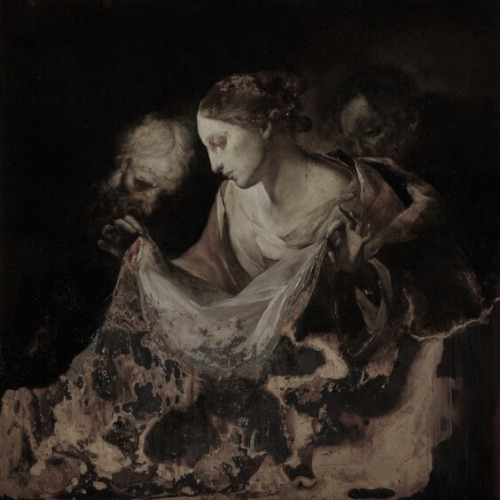

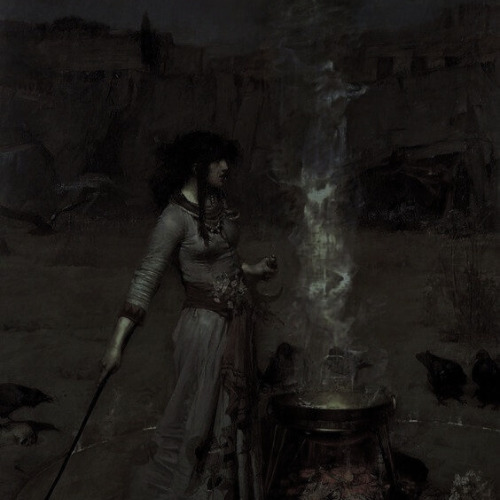
art aesthetics: gothic
#artist is carl gustav carus#artist is george roux#artist is carl gustav carus-#artist is ferdinand keller#artist is sebastian pether#artist is adolph von menzel#artist is daniel sayre groesbeck#artist is carlo dolci#artist is jose benlliure y gil#artist is pierre jean van der ouderaa#artist is jusepe de ribera#artist is adolf hiremy-hirschl#artist is jonstantin makovsky#artist is francesco cairo#artist is serafino macchiati#artist is jusepe de ribera-#artist is sir william nicholson#artist is henru fuseli#artist is alfred stevens#artist is jean-francois portaels#artist is cecco bravo#artist is piotr stachiewicz#artist is alexandre serres#artist is francesco del cairo-#artist is henri leopold levy#artist is henry fuseli-#artist is tintoretto#artist is nicola samori#artist is ferdinand knab#artist is john williams waterhouse
684 notes
·
View notes
Text

Jusepe de Ribera (1591-1652)
"Cabeza de San Juan Bautista" ("Head of Saint John the Baptist") (1644)
Oil on canvas
Baroque
Located in the Real Academia de Bellas Artes de San Fernando, Madrid, Spain
#paintings#art#artwork#religious painting#john the baptist#jusepe de ribera#oil on canvas#fine art#baroque#spanish artist#museum#art gallery#death#decapitation#decapitated#head on a silver platter#christianity#1640s#mid 1600s#mid 17th century#halloween#october
76 notes
·
View notes
Photo

The Pietà
Jusepe de Ribera (Spanish; 1591–1652)
1633
Oil on canvas
Museo Nacional Thyssen-Bornemisza, Madrid
#Pietà#Jusepe de Ribera#Ribera#Spanish paintings#Spanish painters#Spanish artists#Spanish art#religious art#Spanish Baroque#Baroque art#1630s#Tenebrism#Tenebrist#Jesus Christ#Christ#Mary Magdalene#Virgin Mary#Mary#Saint John#17th century#17th-century art#17th-century artists#17th-century Spanish art#17th-century Spanish artists#17th-century Spanish painters#17th-century painters#wounds#Christ's wounds#shrouds#Museo Nacional Thyssen-Bornemisza
65 notes
·
View notes
Text

after ribera - graphite | 20 x 15
1 note
·
View note
Text



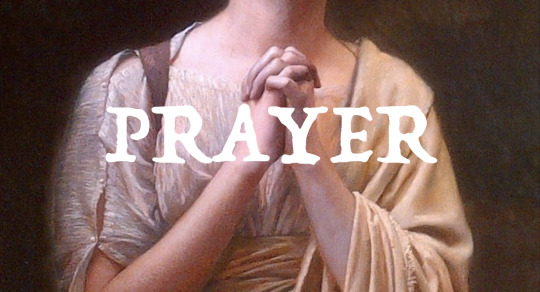


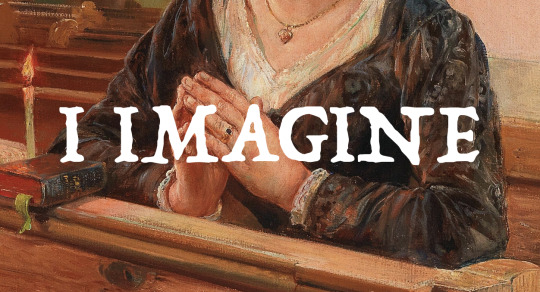



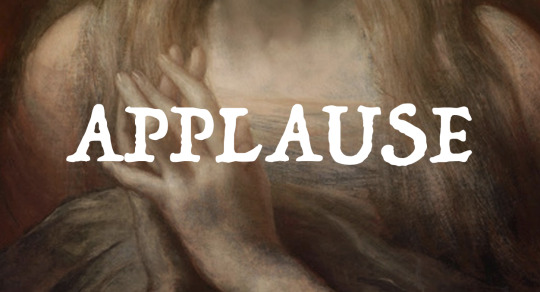
Saint Monica – Luis Tristán // Hope – Ludwik Stasiak //The Virgin Mary at Prayer – unknown artist // Christian in Prayer – Max Nonnenbruch // Maria Cristina of Savoy, Queen of the Two Sicilies – unknown artist // Mary of Egypt – Jusepe de Ribera // Devotions – Ernst Nowak // Old Woman Praying – Matthias Stom // Lady Praying – unknown artist // Magdalena in Mediation – Jan Lievens// Purgatory – Gabriel von Max // That Unwanted Animal – The Amazing Devil
#jusepe de ribera#jan lievens#gabriel von max#mary magdalene#virgin mary#prayer#praying#that unwanted animal#the horror and the wild#the horror and the wild the amazing devil#the horror and the wild album#the horror and the wild tad#the amazing devil#tad#joey batey#madeline hyland#art#art history#lyrics#lyric art
660 notes
·
View notes
Text
Defying the Norm: Magdalena Ventura and the Spectacle of Difference

"Magdalena Ventura with Her Husband and Son," also known as "The Bearded Lady," is a striking 1631 oil on canvas by Spanish artist Jusepe de Ribera. Housed at the Museo Nacional del Prado in Madrid, this work is part of the Fundación Casa Ducal de Medinaceli collection. The painting is renowned for its depiction of Magdalena Ventura, an Italian woman from Abruzzi, who developed a beard at the age of 37.
At 52, she is portrayed nursing her baby, with her husband in the background, challenging traditional gender norms and 17th-century artistic conventions. Ribera's work reflects a fascination with individuals who defied societal expectations, contributing to a gallery of 'unusual' portraits popular during that era.
In the visage of Magdalena Ventura, Ribera captures not merely the anomaly of nature but the societal gaze that transforms uniqueness into spectacle. Here, the bearded woman stands, a testament to the caprices of nature and the cruelty of human curiosity. Her portrayal, a blend of maternal gentleness and masculine features, challenges the beholder to question the very fabric of beauty and ugliness.
Magdalena Ventura's portrait by Jusepe De Ribera confronts us with the stark interplay of gender and societal norms. Her bearded countenance, a rare defiance of expected femininity, is not just a biological curiosity but a mirror to our collective discomfort with the atypical. Ribera's work compels us to reflect on the spectacle of difference and the often unkind human fascination with it, Ventura’s image, thus, becomes a canvas of paradoxes, echoing that ugliness, in its defiance of symmetry and order, is as compelling as beauty itself.
#beauty#art#fine art#museum#traditional art#painting#spain#italy#history#Aesthetic#Prado#madrid#beautiful#weird
25 notes
·
View notes
Text

Title: The Martyrdom of St. Philip
Artist: Jusepe de Ribera
Date: 1639
Style: Tenebrism
Genre: Religious Painting
#art history#art#painting#artwork#history#museums#culture#vintage#curators#classicalcanvas#tenebrism#jusepe de ribera
30 notes
·
View notes
Text

Maria Magdalena in Meditation, 1623
Artist: Jusepe de Ribera (Spanish, 1591-1652)
2 notes
·
View notes
Photo


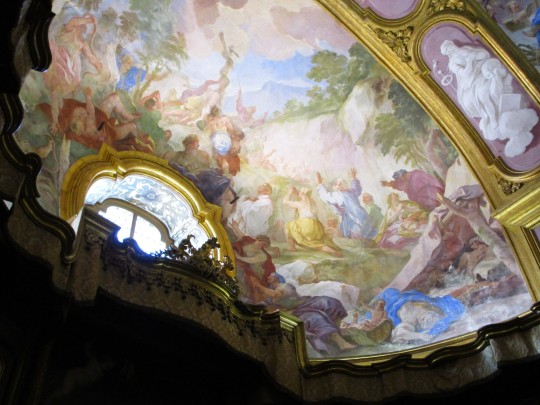

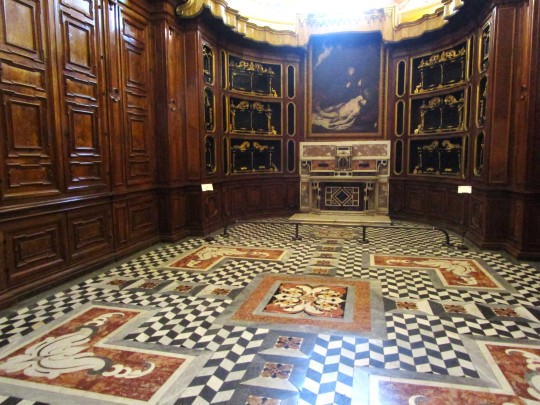
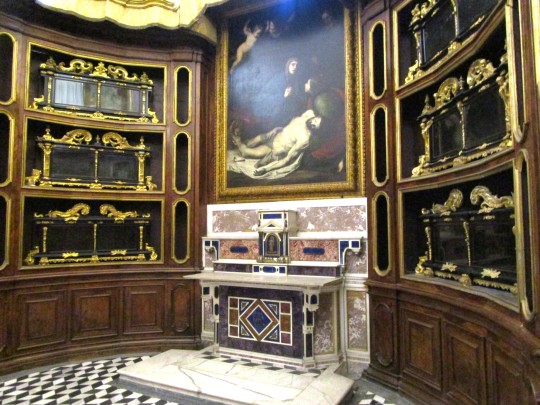

The Chapel of the Treasury at the Certosa di San Martino, Naples
This room was created to hold the most valuable items belonging to the Carthusian monks of San Martino. The ceiling was painted by Luca Giordano in 1704. The altar was made in 1610 from lapis lazuli, amethyst and carnelian by the Florentine artist Gennaro Monte. The Pietà above the altar was painted by Jusepe de Ribera in 1637. The ebony and gilded copper display cases in the niches are reliquaries that once held the alleged bones of saints that attracted pilgrims from all over Europe. The wooden cabinets on the side walls held gold and silver items - chalices, monstrances, crosses, croziers, cope brooches, etc. - the usual Roman Catholic treasure trove.
Photos by Charles Reeza
#Baroque architecture#Baroque art#17th century#Carthusian monastery#Napoli#Italy#chapel#Catholic church#woodwork#frescoes
32 notes
·
View notes
Text
What is Jesuit art?¹ A person could answer: objects made by and for Jesuits; the decoration of Jesuit churches; or simply the physical remnants of the Society of Jesus, from the confirmation of the order by Pope Paul iii (1468–1549, r.1534–49) on September 27, 1540 to its suppression by Pope Clement xiv (1705–74, r.1769–74) on July 21, 1773. None of these definitions would be wrong, but they fail to do justice to its extraordinary breadth. In fact, the category “Jesuit art” has been used to encompass objects made by Jesuit artists and workshops, commissioned by Jesuit...
For Jesuit art, the question of sources has been dominated by the issue of whether a “Jesuit style” exists, with the Church of the Gesù at the core of this argument. Begun in 1568, after the design of the architects Giacomo Barozzi da Vignola (1507–73) and Giacomo della Porta (1532–1602), if largely implemented under Giovanni Tristano (c.1515–75) and Giovanni de Rosis (1538–1610), the Gesù was completed in 1575 and consecrated on November 25, 1584.63 Outside, its façade was known for its streamlined, classical symmetries and the memorable inverted scrolls bracing the ends of its upper level,...
Today’s researcher of Jesuit art is well placed to assume a Janus-like point of view, in honor of the ancient Roman god’s ability to see both past and future, for he or she can as easily look to its sources as consider how it contributed to the longue durée of art history. The worldwide production of western art pioneered by the Jesuits resulted in a modern image defined by its networks, technological innovation, and subjective posture, all systems sympathetic to the transition-rich Ignatian “way of proceeding.” The exemplary case of the networked image is the Salus Populi Romani Madonna, as...
A last selection brings the discussion full circle to the Gesù in Rome, if this time to the private rooms of St. Ignatius of Loyola in the International College. A memorial portrait, St. Ignatius in His Study, c.1609, by Jusepe de Ribera (1591–1652), suggests that the best way to recover the thought of Ignatius, and by extension the historical Society of Jesus, may be through books (fig. 4.1). The scholarly Ignatius is pictured writing at his desk, pausing to look up at the viewer after completing a page of a manuscript: “Societas Iesu” beneath the heading “A.M.D.G.,” the abbreviation...
10 notes
·
View notes
Photo


Saint Jerome and the Angel of Judgement (1626) by Jusepe de Ribera (1591 - 1652)
Ribera painted this magnificent image in 1626 for one of the side chapels on the Epistle side of the church of the Trinità delle Monache in Naples. Saint Jerome is one of the most popular saints in western art.
In the second half of the 16th century a new iconography was developed where the saint was depicted listening to the trumpet of the Apocalypse. This iconography was widely used by the Counter-Reformation Church. The distinguished saint, venerated as a doctor of the Church, is depicted inside a cave with his characteristic attributes of the stone to symbolise the severity of his penance, the skull as a symbol of death, the red mantle that refers to his position as a cardinal, the lion that he tamed in the desert when he removed a thorn from its paw and a parchment with Hebraic characters alluding to his translation of the Bible into Latin. After the Council of Trent his translation was considered the only official version.
Ribera has used a pyramid composition, organised around two diagonals which cross over. The figures are silhouetted against a dark background which accentuates their volume. A powerful beam of light bathes the figure of the saint, highlighting the naturalism of his anatomy and his gesture, with his arms outstretched in surprise at the apparition. This surprise is also reflected in his face - which is that of a humble man - with his eyes open-wide. The light allows us to observe a magnificent still life on the right of the composition.
Caravaggio's influence is apparent in the lighting and the muted tones employed. However, some elements indicate the development taking place in the artist's style, such as the richness of the folds or the greater expressiveness of the forms. Ribera painted the Trinity with Saintsand the Eternal Father for the same church.
8 notes
·
View notes
Text
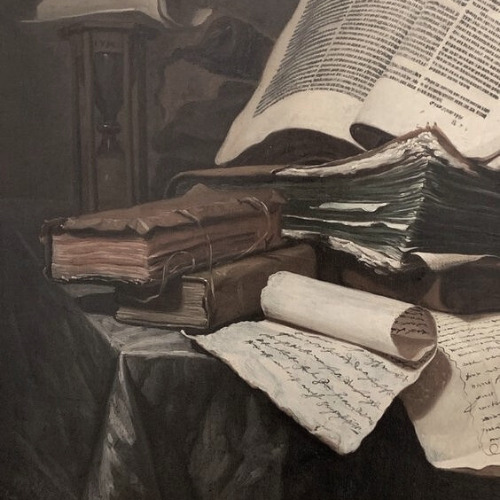








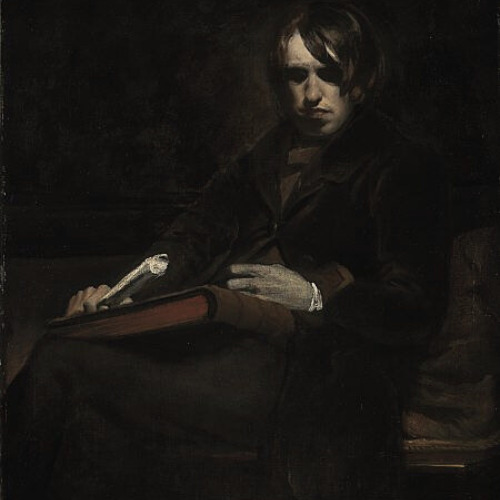





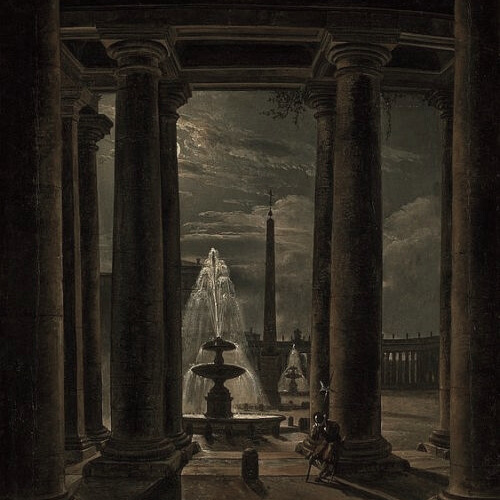

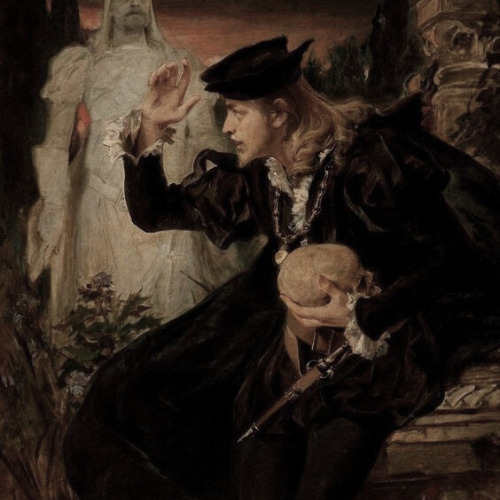
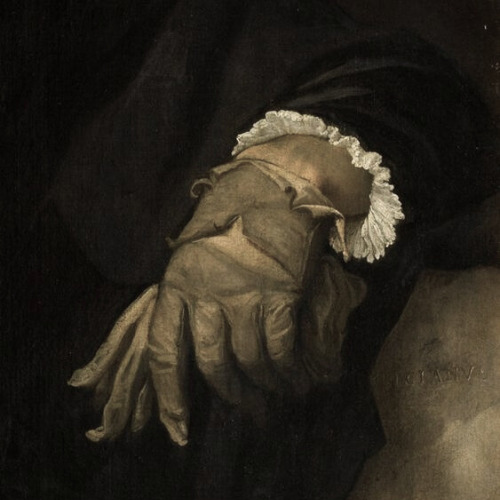

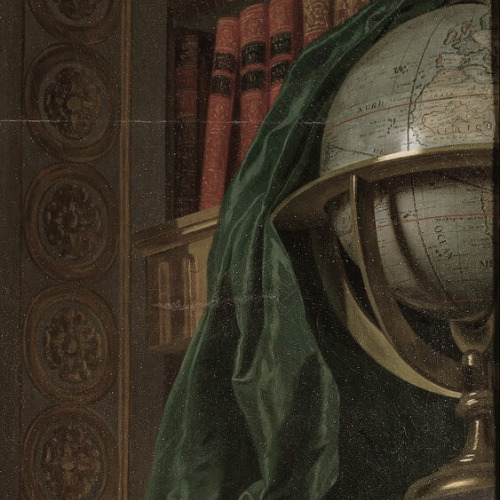



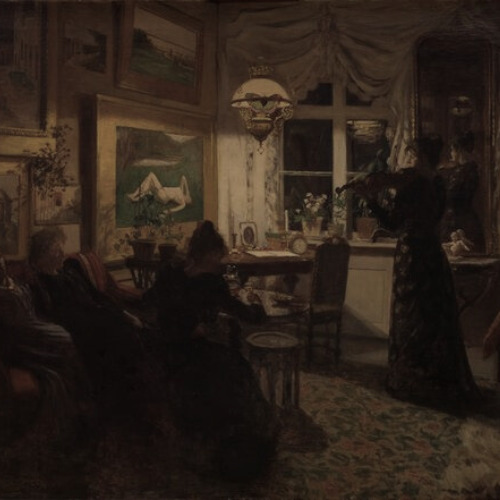



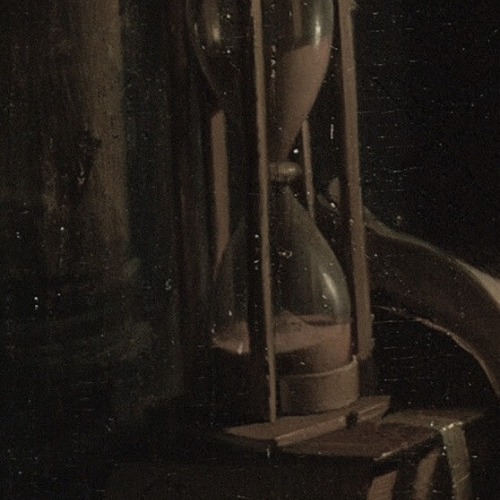

art aesthetics: dark acadmia
#cant find artist#artist is gerrit dou#artist is paul fischer#artist is james carroll beckwith#artist is sir anthony van dyck#artist is nicolas regnier#artist is hubert and jan van eyck#artist is eugene delacroix#artist is jan willem pieneman#artist is sir william fettes douglas#artist is wilhelm bendz#artist is carl holsoe#artist is jacopo tintoretto#artist is thomas wyck#artist is lindsay bernard hall#artist is franz ludwig catel#artist is pieter claesz#artist is pedro americo#artist is titian#artist is giorgio vasari#artist is alexander roslin#artist is jusepe de ribera#artist is anne francoise couloumy#-artist is carl holsoe#artist is anna petersen#artist is peter hasenclever#artist is irving ramsey wiles#artist is georges de la tour#artist is unknown-#art aesthetics
376 notes
·
View notes
Text
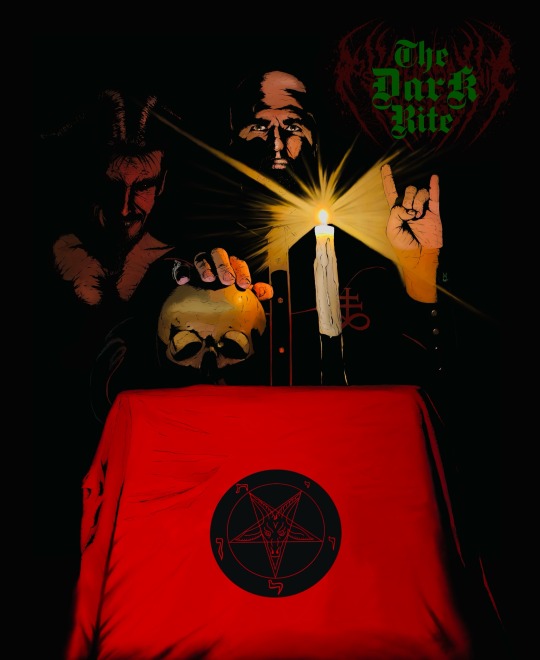
“The Dark Rite”. The composition was inspired by the painting of Spanish artist Jusepe de Ribera called “Magdalena Ventura with Her Husband and Son” (aka “The Bearded Lady”). Other sources of inspiration: satanic bands such as Coven, Twin Temple, 60s satanists, Anton LaVey and a little bit by Todd McFarlane’s Spawn franchise.
1 note
·
View note
Text
PINTURAS
Carmelita Requeña (1969)
After completing his studies in Paris, Eakins traveled to Spain in 1869. Donde conoció el trabajo de Diego Velázquez and Jusepe de Ribera. He then settled for the winter in Seville, from where he wrote to his sister that he was painting Carmelita Requeña, the seven-year-old daughter of street performers.
Gross
quería hacer una clase de poster en donde se presentara al dr. Gross y a la comunidad de médicos y su excelencia para la exhibición "Memorial Hall Centenial Exhibition" de 1876 cuya temática de ese año era "el progreso"
eligió a Gross ya que era un innovador en la medicina quirúrgica
la cirugía era para los "pobres", pero durante el siglo xix empezó a tomar relevancia ya que esta sanaba
cosas a notar en la pintura (avances en técnicas quirúrgicas):
-anestesia
-entendimiento de la renovación ósea (solo limpiando el hueso este se "renovaría", en donde una pequeña intervención mejoraría el estado de un paciente, en vez de una extrema elección como la amputación que se hubiera hecho en el pasado)
aunque se ve que dr. Gross niega la entonces teoría de los gérmenes la cuál todavía no era totalmente aceptada
Agnew
La estirilización de los intrumentos, así como el cambio de ropa se puede ver en la Clínica Agnew, 13 años después de la pintura sobre Gross
Cuando se retiró, sus estudiantes juntaron dinero para mandar a hacer un retrato que honrara sus logros
Ahora hay luz artificial
Ahora la única mujer de la escena está viendo la escena, serena, profesional
bandeja metálica con instrumentos esterilizándose
las manos de Agnew están mojadas por el esterilizador
pinturas históricas para la edad moderna
Eakins became a drawing and painting instructor at the Pennsylvania Academy, where he encouraged his students to use the new medium of photography in order to aid their own understanding of anatomy and motion.
He worked alongside Eadweard Muybridge, famous for his sequential photos of bodies and animals, and an early developer of moving pictures.
Eakins’ particular interest in the human form, however, led the artist to go on to develop his own technique for taking multiple images of a body in motion and layering them in one single image. He felt seeing the images so close together gave a better understanding of actual movement.
It made sense for Eakins, who was an athlete himself, to marry his photographic techniques with his passion for sports in his oil paintings. He painted rowers, wrestlers, and swimmers and amassed an enormous collection of photographic studies.
bebé thomas
In 1876, Eakins joined the faculty of the Pennsylvania Academy of the Fine Arts. Painted the same year, Baby at Play depicts Ella Crowell, the artist’s two-and-one-half-year-old niece, in the side yard of his own Philadelphia home.
0 notes
Photo

MWW Artwork of the Day (4/18/22)
Jusepe de Ribera (Spanish, 1591-1652)
Penitent Mary Magdalene (c. 1637)
Oil on canvas, 97 x 66 cm.
Museo del Prado, Madrid
Mary Magdalene is depicted half-length, in a pensive and melancholy mood. She rests her head on a skull that symbolizes the brevity of earthly life. A jar of salve, her characteristic attribute, appears in the foreground. In keeping with traditional iconography, she wears a sackcloth garment against her bare skin and her long hair hangs free. This work dates from the beginning of Ribera's second period; it still has a tenebrist air, but the light has become more golden and produces intense highlights on the saint's hair and on the metal jar.
Ribera is one of the featured artists in this MWW gallery/album:
https://www.facebook.com/media/set/?set=a.522628261175881&type=3
11 notes
·
View notes
Text

Title: Girl with Tambourine
Artist: Jusepe de Ribera
Date: 1637
Style: Tenebrism
Genre: Portrait
#art history#art#painting#artwork#history#museums#culture#vintage#curators#tenebrism#portrait#jusepe de ribera#classicalcanvas
13 notes
·
View notes